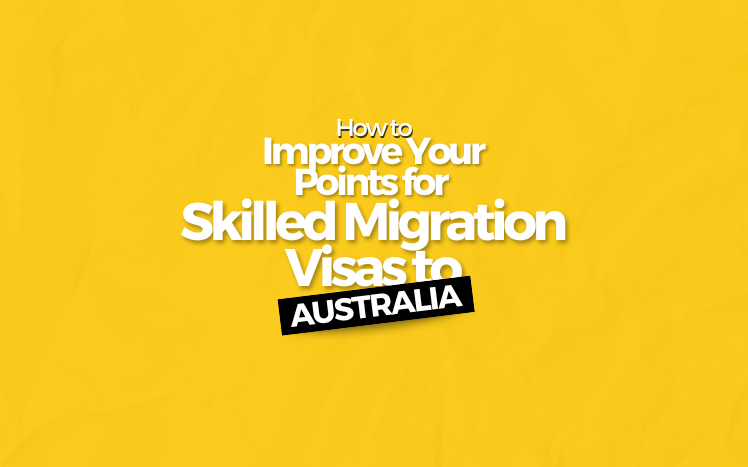Australia’s 2025–26 Federal Budget, presented on 25 March 2025, holds subtle but significant implications for migration and PR pathways. Although the budget refrained from major, sweeping reforms, it signals a continuing shift toward tighter migration, increased income thresholds, digital transformation of visa systems, and more careful alignment of migration with national interests. Below is a comprehensive breakdown of how these changes may affect visa options, university pathways, employer-sponsored migration, and prospects for permanent residence.
Overview: What the 2025 Budget Says (and Doesn’t Say)
1.1 A “Holding” Budget on Migration
Unlike previous budgets, the 2025 budget notably did not announce new permanent migration quotas or planning levels. This has been interpreted as a cautious approach, deferring major structural overhaul until after the forthcoming federal election.
Instead, the budget emphasises themes such as visa integrity, compliance, and system modernisation.
1.2 Funding Allocations & Migration Portfolio Investments
Even without new quotas, funding shifts offer clues to policy direction:
Migration Program: AUD 315.2 million allocated toward program administration.
Visa and Processing Systems: AUD 534.5 million for visa processing and digital transformation.
Humanitarian, Settlement & Migrant Services: AUD 862.1 million, signalling sustained attention to refugee and humanitarian streams.
1.3 Net Overseas Migration Forecasts & Strategy
The government projects a gradual decline in Net Overseas Migration (NOM) over the coming years.
· For example, NOM is forecast to fall toward \~225,000 by 2027–28. ([KPMG][1])
· This suggests that migration is being deliberately constrained to balance infrastructure, housing, and social capacity.
Because the Migration Strategy (released December 2023) already laid much groundwork, the 2025 Budget is more about calibration than transformation.
2. Migration Program & PR Quotas: What’s Confirmed
2.2 State Nomination Reductions
Although national quotas are stable, several states are reportedly facing cuts to state-nominated places:
· Some media sources claim state-nomination allocations will fall from \~26,260 to \~20,350 (cut by nearly 25%).
· States like Victoria, Queensland, WA, and SA are pushing back strongly, citing skill shortages in infrastructure, construction, healthcare, etc.
For those relying on subclass 190 or 491 (state-nominated) pathways, this signals stiffer competition or fewer slots in your target state.
3. Visa & PR Pathway Changes: What Migrants Should Watch
3.1 Higher Income / Salary Thresholds for Skilled Visas
One of the clearest policy moves:
· From 1 July 2025, the Core Skills Income Threshold (CSIT) will increase from ~AUD 73,150 to AUD 76,515 (or the market rate, whichever is higher).
· For the Specialist Skills threshold, a rise from \~AUD 135,000 to \~AUD 141,210 is proposed.
These increases apply to new visa nominations lodged after that date; existing nominations should not be impacted.
Implication: Some skilled workers with lower salaries may no longer qualify without renegotiated compensation or different job roles.
3.2 Employer-Sponsored Visas & Compliance Focus
Employer sponsorship remains central:
· The budget emphasises compliance and integrity in the migration system, meaning stricter checks on employers, labour market tests, and obligations.
· Employer-sponsored visas (subclass 482, 186, 494) will remain key pathways for many wanting eventual PR.
· Employers must ensure they meet all sponsorship requirements, including salary, superannuation, training benchmarks, and contract obligations.
3.3 Student-to-PR Pathways & Graduate Visas
While the Budget does not explicitly revise student visa policy, there are indirect pressures:
· Given stable migration quotas and stricter thresholds, post-study PR pathways (via 485 → skilled visas) may become more competitive.
· Some earlier policy changes (e.g., exclusion of students over 35 from 485 visas) remain in place under the current government’s migration strategy.
· Students should strategically choose degrees and institutions aligned with in-demand sectors to improve employer sponsorship prospects.
3.4 Humanitarian & Support for Vulnerable Migrants
The budget includes a new Leaving Violence Program, commencing 1 July 2025, providing up to AUD 5,000 support to migrant victims of domestic violence regardless of visa status.
This is a social protection measure reinforcing that migration policy isn’t just economic — it must account for human rights and vulnerability.
4. University & Study Implications: Education-to-Migration Strategy
4.1 Study as Strategic Entry Point
For many migrants, study remains a gateway to longer-term migration:
· CRICOS-registered universities and vocational providers continue to enable student visas.
· Course selection matters more: fields in healthcare, IT, engineering, aged care, social services, and regulated professions may better position graduates for skilled transition.
· Institutions with industry partnerships and placement support increase employability — which helps in securing employer sponsorship.
4.2 Increased Student Cap & English Test Reforms
Some media sources suggest future changes like:
· Raising the international student cap to 295,000 by 2026
· Allowing more flexible English test options for visa applicants.
If confirmed, these could expand student intake opportunities and lower barriers for those whose test scores were marginal.
4.3 Stronger Competition Among Students
Stable PR quotas and more rigorous visa thresholds mean students must differentiate themselves:
· Higher academic performance
· Strong internships or work experience
· Networking and employer engagement during study
5. Country-Level & Structural Impacts
5.1 Infrastructure Constraints & Migration Constraining
One driver behind migration moderation is pressure on housing, transport, schools, and health services. The government appears to be balancing population growth with infrastructure capacity.
5.2 State & Political Pushback
States are pushing back against federal migration cuts, especially in regions with acute skills shortages (e.g. health, construction, infrastructure).
Because states manage state-nominated places, tension could provoke policy adjustments or negotiation over allocation.
5.3 Political Sensitivity & Elections
Migration levels are politically charged. The government’s cautious tone in this budget likely reflects electoral considerations.
Opposition parties propose deeper cuts or caps, especially on international student numbers, as part of housing relief or public service pressure. ([News.com.au][10])
6. Strategic Advice for Aspiring Migrants & Students
Given the shifting terrain, here’s how best to position yourself:
1. Submit PR /nomination applications early — before 1 July 2025 — to avoid higher thresholds.
2. Negotiate salaries and roles carefully — aim for wages above new threshold levels.
3. Choose in-demand sectors & skills — health, tech, aged care, and infrastructure are expected to continue receiving priority.
4. Consider regional or state-nominated pathways — some states may retain flexibility to allocate places.
5. Focus on academic + employer relevance — internships, industry links, networking, and employer recommendations add value.
6. Stay updated on policy changes — many shifts (e.g. student caps, English test reform) may come post-budget.
7. Seek professional migration advice tailored to your country, occupation, and profile.
7. Conclusion
The 2025 Australian Federal Budget doesn’t radically overhaul migration, but it clarifies the direction: more selectivity, higher standards, and stronger alignment with national interests. Maintaining the permanent migration quota at 185,000 lets the government avoid disruption, while raising income thresholds and emphasising compliance raises the bar for new entrants.
For prospective migrants, students, and employers, success increasingly hinges on strategic planning: securing early nominations, selecting areas of skills demand, and ensuring alignment with employer and state requirements. In this environment, being proactive, informed, and adaptive will be critical to navigating Australia’s evolving migration and PR landscape.










